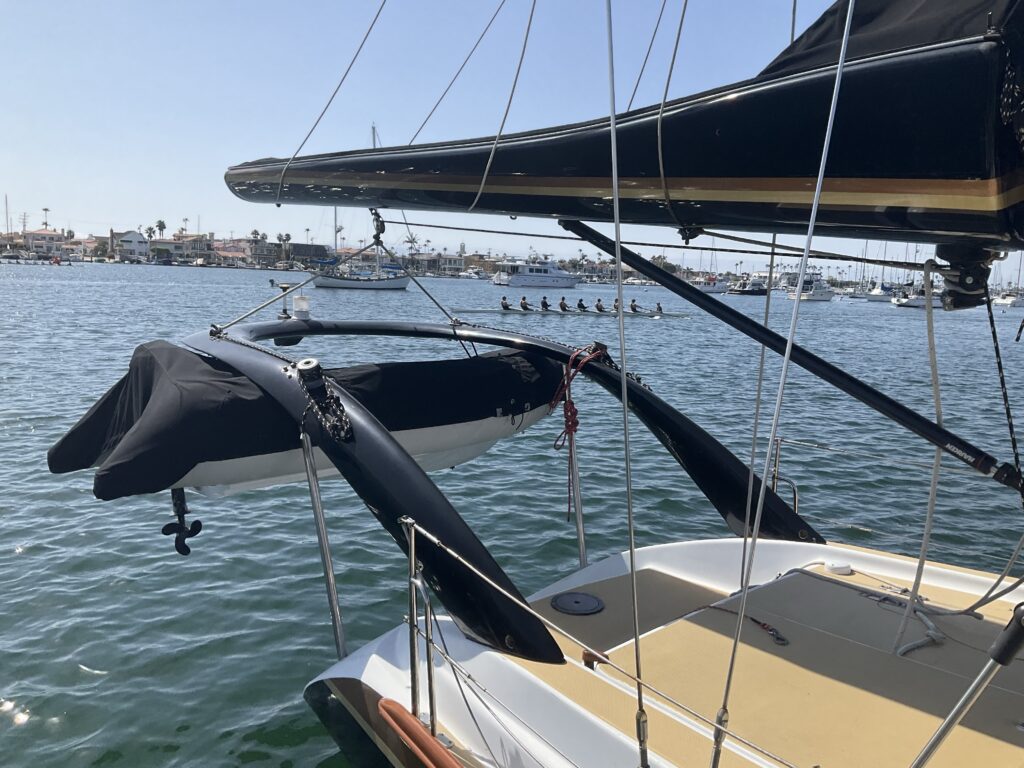Anthem: A Masterpiece of Design and Craftsmanship
The Anthem, a 70-foot ketch built in 1998, stands as a testament to the vision and craftsmanship of Roger MacGregor, the founder of MacGregor Yacht Corporation. With its extraordinary design, including 1,000 square feet of sail area and the ability to reach speeds of 25 knots, Anthem is celebrated as one of the SAIL UNIVERSE most beautiful sailboats ever built. This essay explores Anthem’s design, its builder’s history, its differences from Ultra Light Displacement Boats (ULDBs), and its legacy, including the construction of a sister ship in the last decade. Others most beautiful ships are also provided.

Anthem: A Unique Sailing Vessel
Anthem is a 70-foot ketch that combines elegance with exceptional performance. Its towering 70-foot mainmast and 50-foot mizzenmast allow for up to five sails to be flown simultaneously, delivering impressive power and speed. With a sleek hull and advanced rigging, Anthem achieves speeds of up to 25 knots, making it one of the fastest yachts in its class. The vessel’s hand-laid fiberglass construction ensures durability and strength while maintaining a refined aesthetic.
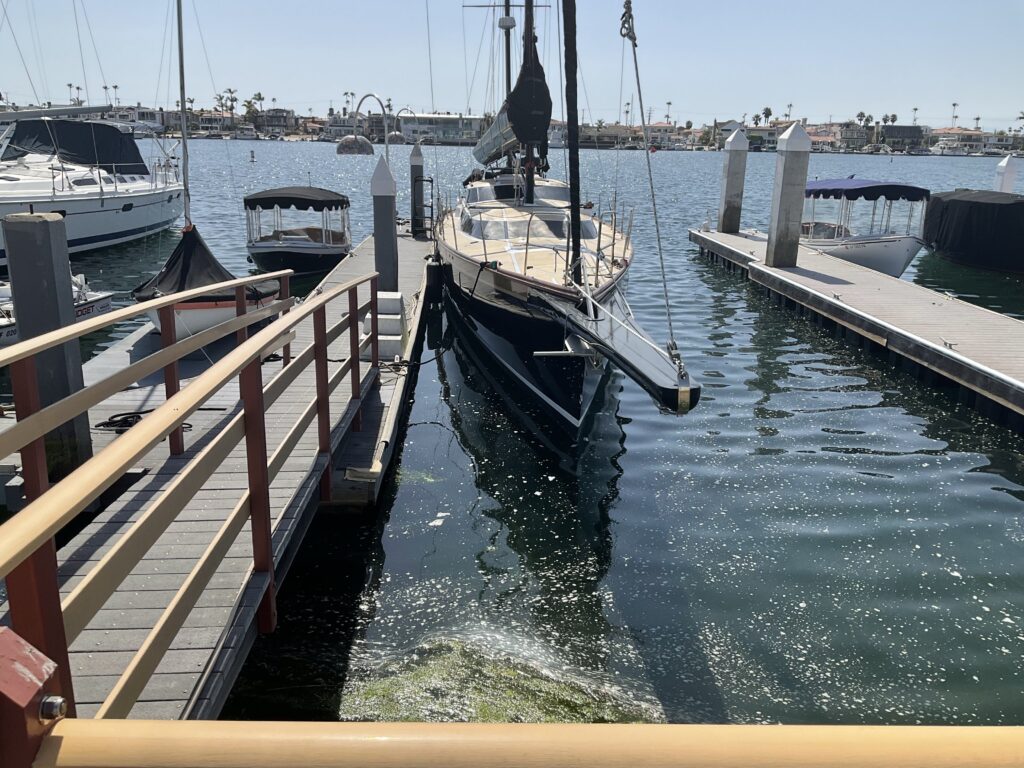
In addition to its performance capabilities, Anthem has earned widespread recognition for its beauty. It was named one of the “seven most beautiful boats ever built,” a distinction that highlights its timeless design and craftsmanship.

Reliance, the boat that defended America’s Cup in 1903, is the most extreme boat ever sailed in the cup: 27.4 m long at the float and 43.5m out of all measured by the bompress tip at the end of the boom was 60 m. Born by the genius of what is considered to be the greatest inventor of modern sail, Nathaniel Herreshoff when he has slammed the topside turned into a floating line making it much more powerful.
The History of Roger MacGregor and His Legacy
Roger MacGregor founded the MacGregor Yacht Corporation in the early 1960s as part of a Stanford MBA class project. Based in Costa Mesa, California, MacGregor revolutionized yacht manufacturing by producing affordable, trailerable sailboats that appealed to both casual sailors and performance enthusiasts. Over its lifetime, the company manufactured over 50,000 boats including iconic models like the MacGregor 26 and the MacGregor 65.
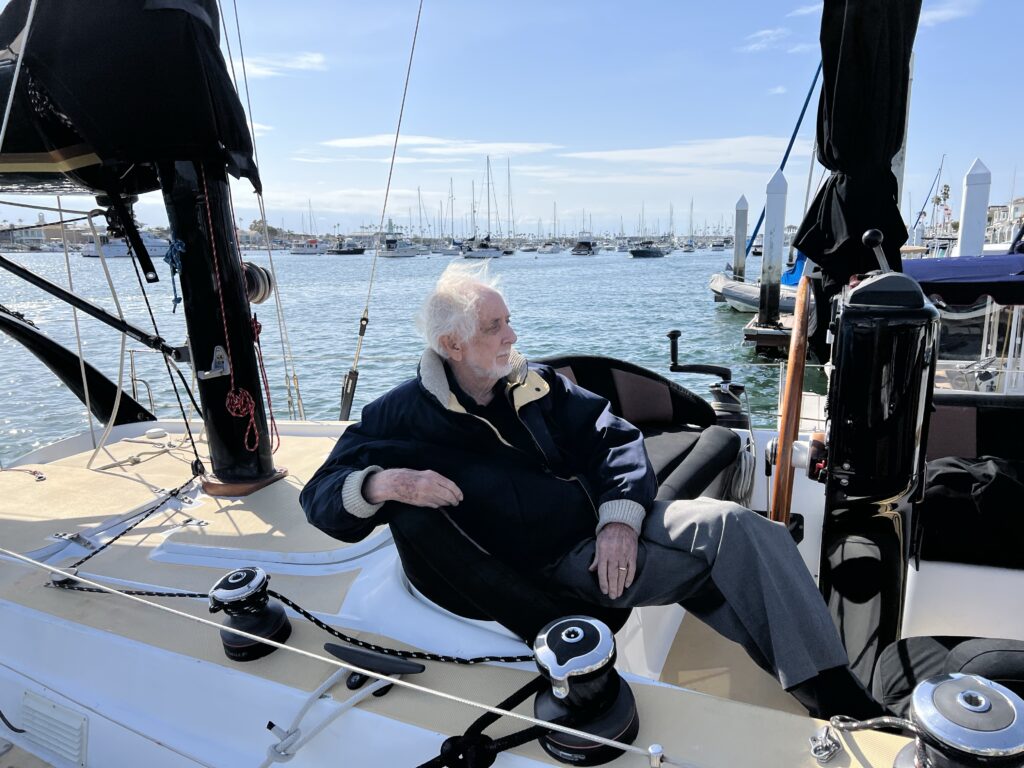
MacGregor was known for his innovative approach to boatbuilding:
- He introduced water ballast systems for stability without adding unnecessary weight.
- He introduced swing keels.
- His designs prioritized simplicity and affordability while maintaining competitive performance.
The MacGregor 65, built between 1984 and 1995, became the best-selling large yacht in history. 104 were built. Its success paved the way for larger custom yachts like Anthem.
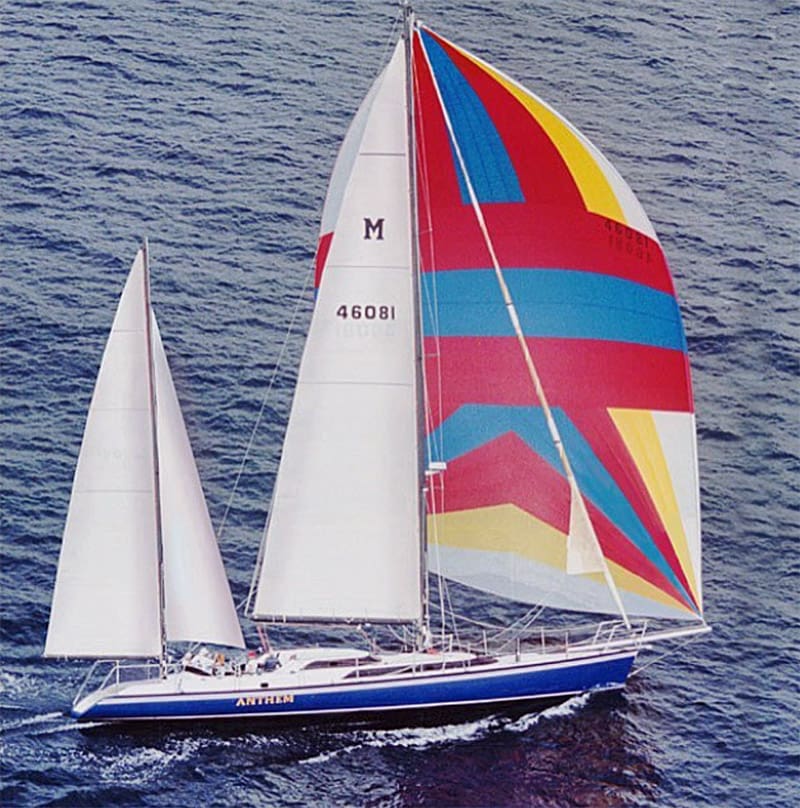
Top view of beautiful anthem. The particular ketch built in 1998 is a 70 feet sailboat. With is extraordinary 1000 sq ft of sail it can be reached a speed of 25 knots in strong wind. The mainmast is 70 ft and the mizzenmast is 50 ft, it allows you to put 5 sails at the same time.
ULDBs
Anthem is similar to MacGregor 65s and MacGregor 26s but differs significantly from Ultra Light Displacement Boats (ULDBs) like those designed by Bill Lee, George Olson, and Ron Moore in Santa Cruz. While emphasizing performance, their construction methods and design philosophies diverge:
1. Construction Materials
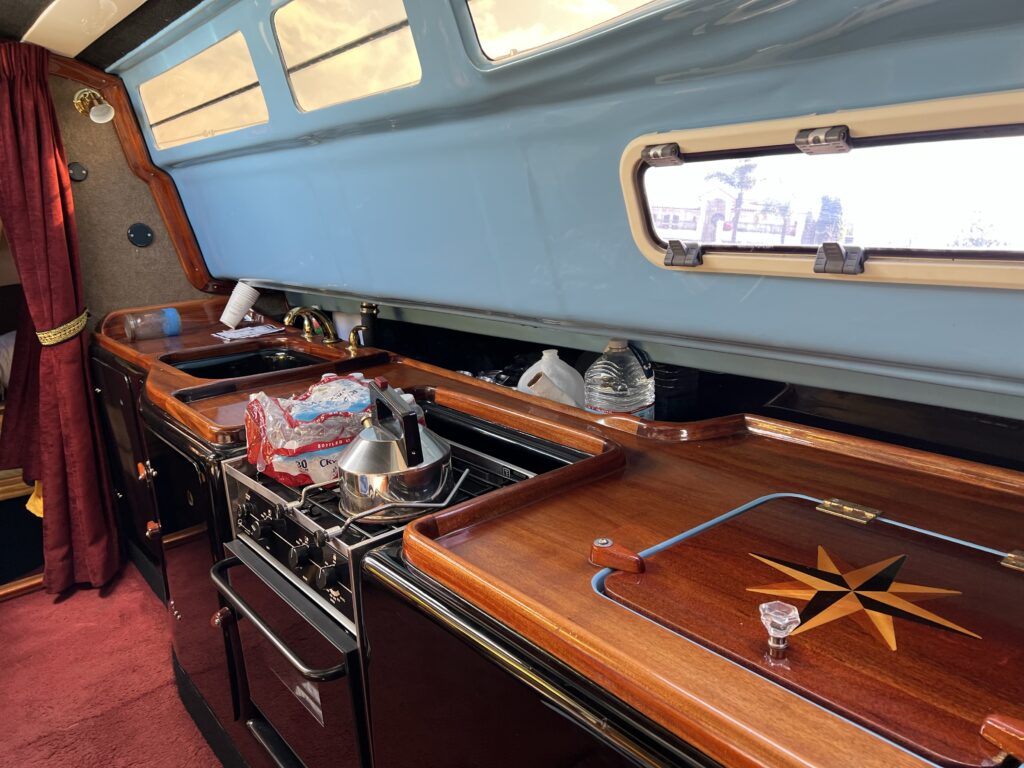
- Anthem: Built with hand-laid fiberglass using polyester resin for strength and durability. This method creates a solid hull capable of withstanding heavy use while maintaining an elegant finish.
- ULDBs: Constructed with lightweight materials such as vacuum-bagged fiberglass laminates with balsa cores. This technique minimizes weight to maximize speed but requires meticulous maintenance to prevent water intrusion into the core and delaminating.
2. Design Philosophy
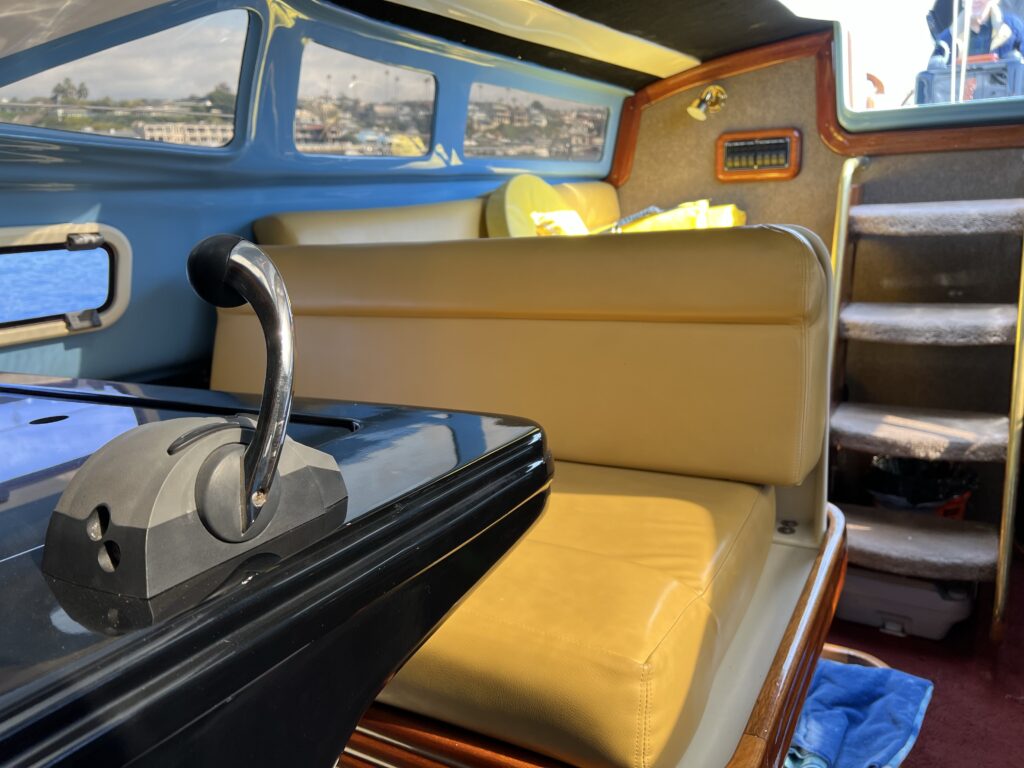
- Anthem: Balances luxury with performance. Its ketch rig provides versatility for cruising or racing, while its spacious interior offers comfort for extended voyages.
- ULDBs: Focus purely on speed and downwind performance. These boats often feature minimal accommodations to reduce weight and prioritize racing capabilities.
3. Performance
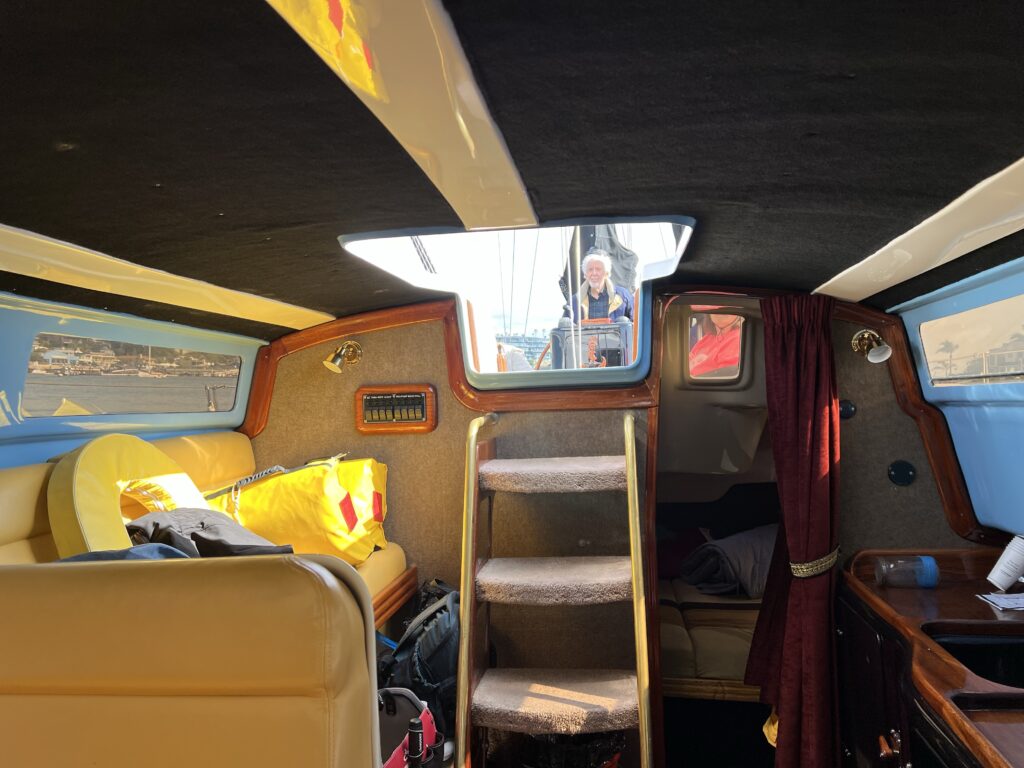
- Both Anthem and ULDBs are fast vessels; however:
- ULDBs excel in planing conditions due to their lightweight construction.
- Anthem combines speed with stability and versatility, making it suitable for a broader range of sailing conditions.
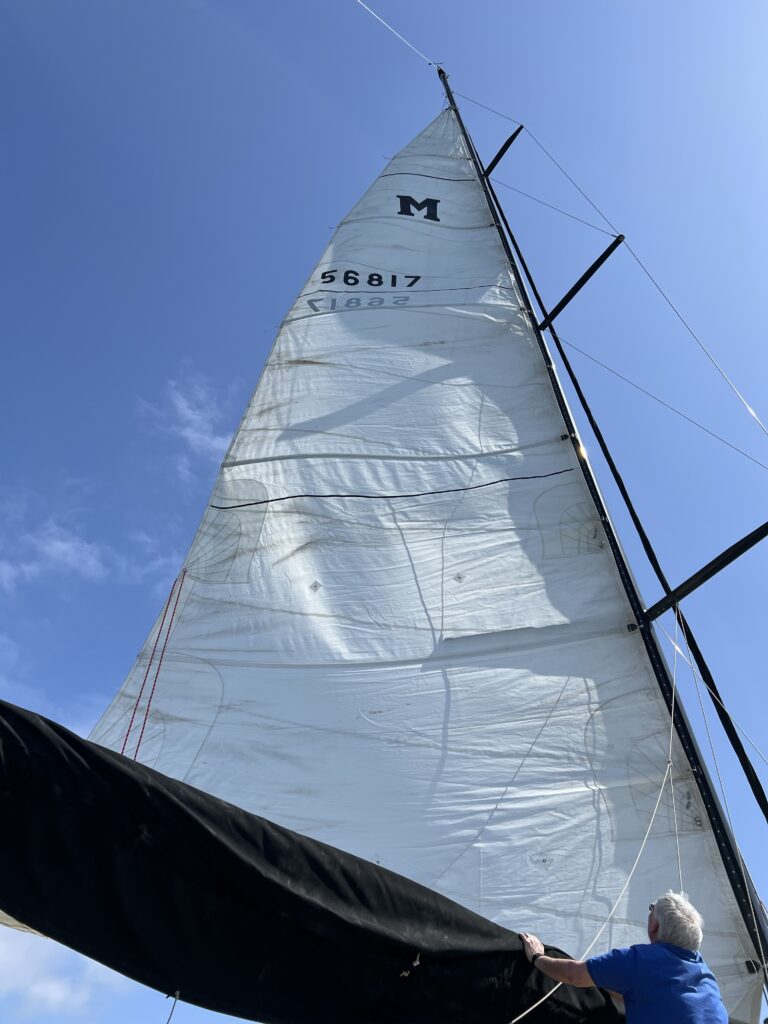
Differences in Maintenance Requirements Between MacGregor Yachts and ULDBs
MacGregor Yachts boats and Ultra Light Displacement Boats (ULDBs) have distinct maintenance requirements due to differences in their design, construction materials, and intended use. These differences impacted the cost, complexity, and frequency of upkeep for owners.

Spirit Of Portopiccolo a 26m sail yacht was built in 2003 by McConaghy boats. Design is the work of Reichel-Pugh. Previously named Morning Glory. This amazing sail yacht in carbon hull with canting keel has an enviable trophy list: Winner of the 2017 Barcolana di Trieste,
Winner of the 2007 Maxi Worlds, Racing Division
Winner of the 2006 Middle Sea Race, 1st to Finish and New Course Record in the 2005 Transpac Race, 1st to Finish and New Course Record in the 2004 Newport to Bermuda Race!
1. Construction Materials and Design
- MacGregor: All MacGregor boats were built using solid fiberglass with polyester resin. This construction method is both cost-effective and requires less specialized care than balsa core and vacuum packed ULDBs. The absence of teak decks and reliance on low-maintenance plastic fixtures further reduces upkeep needs3. However, the shoebox-style hull-deck joint used in the first 20 plus early models of the Macgregor 65 were prone to flexing and required periodic inspection and reinforcement3. A different mechanism for hull-deck joints was used on all later Macgregor 65s.
- ULDBs: Santa Cruz ULDBs were built with advanced lightweight techniques, such as vacuum-bagged fiberglass laminates with balsa cores. While these methods enhanced performance, they required meticulous maintenance to prevent water intrusion into the core materials, which could compromise structural integrity. Owners often need to inspect for delamination or damage caused by high-speed impacts during racing.
2. Rigging and Sail Systems
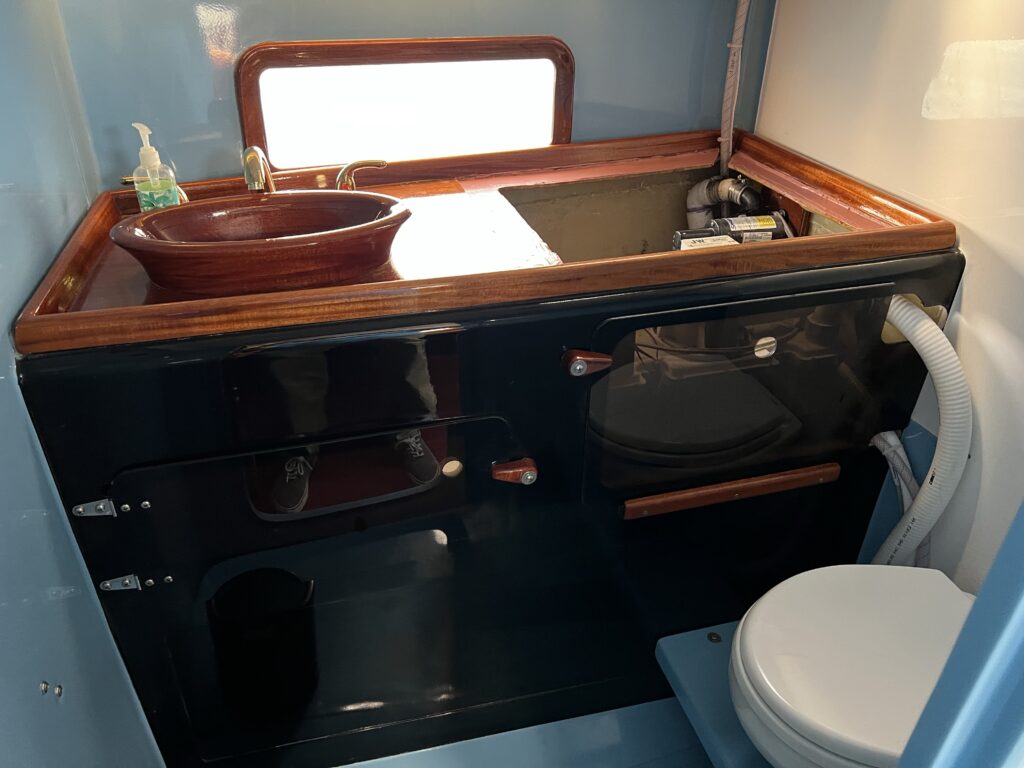
- MacGregor Yachts: MacGregor boats feature simpler rigging systems designed for ease of use and minimal adjustment. For example, rotating masts on models like the 26M reduced wear on rigging components and eliminated backstay-related issues2. This simplified rigging system lowered maintenance costs.
- ULDBs: ULDBs were equipped with high-performance rigs optimized for racing. These systems required frequent tuning and replacement of components like halyards, sheets, and blocks due to the stresses of competitive sailing. The taller masts and larger sail areas also increased wear on sails, necessitating regular repairs or replacements.
3. Keel and Ballast Systems

- MacGregor Yachts: The MacGregor 65 used a fin keel with external lead ballast, which required basic inspection of keel bolts unlike water-ballasted 26 models. The daggerboard system on smaller MacGregors could be removed through the deck for cleaning or repair2.
- ULDBs: ULDBs typically featured fixed keels optimized for performance rather than ease of maintenance. Owners needed to monitor keel-hull connections closely due to the high loads experienced during racing. Additionally, ULDBs often had deeper draft keels that increased fouling risks in shallow waters.
4. Interior Features
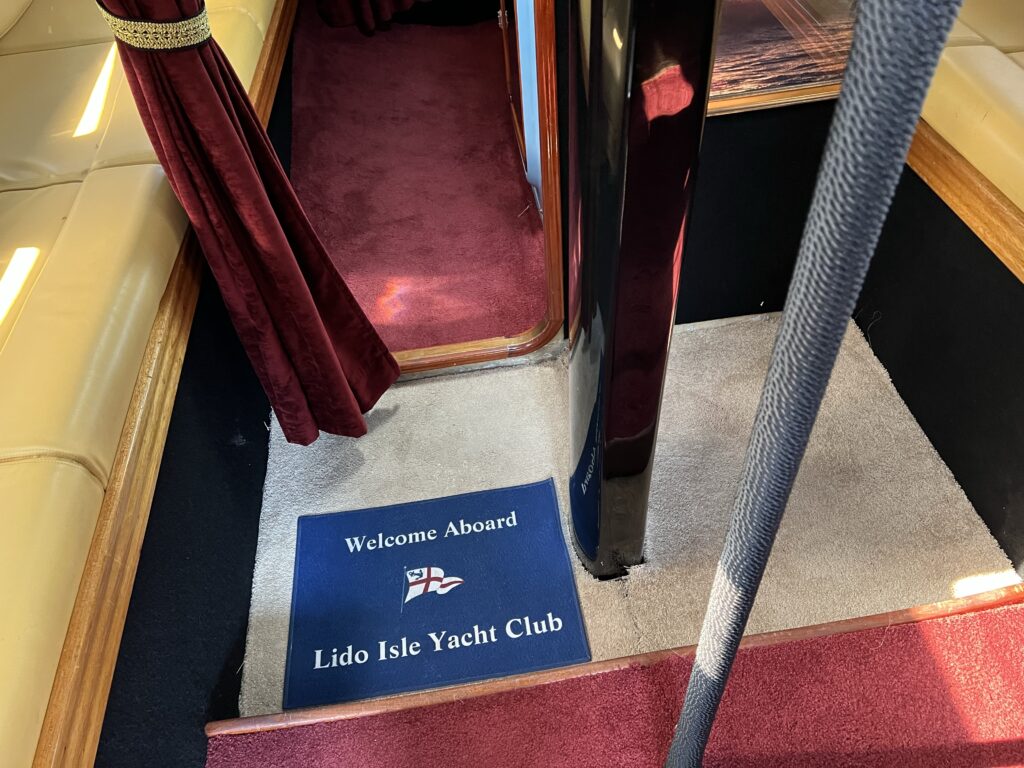
- MacGregor Yachts: MacGregors were designed with low-maintenance interiors, such as unfinished storage compartments in some models to simplify cleaning2. This approach reduced long-term upkeep costs and dealer preparation for resale.
- ULDBs: ULDBs emphasized performance over comfort, often featuring stripped-out interiors with minimal accommodations. While this reduced interior maintenance needs, it also meant less protection for structural components exposed to wear during racing.
5. Cost Implications
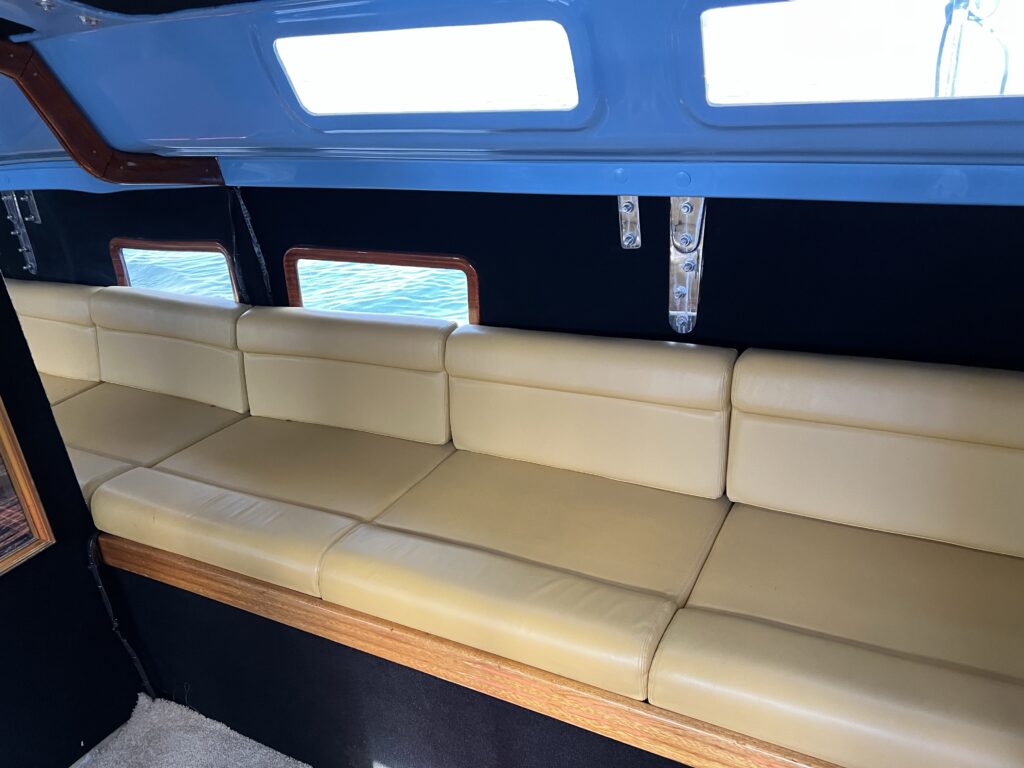
- MacGregor Yachts: Roger MacGregor’s lean manufacturing principles aimed to produce affordable boats with lower ongoing maintenance costs23. Owners benefited from reduced complexity in systems like rigging, ballast management, and interior features.
- ULDBs: The high-performance nature of ULDBs translated into higher maintenance costs due to specialized construction techniques and racing-related wear. Preventative care was essential to maintain competitive edge and structural integrity.
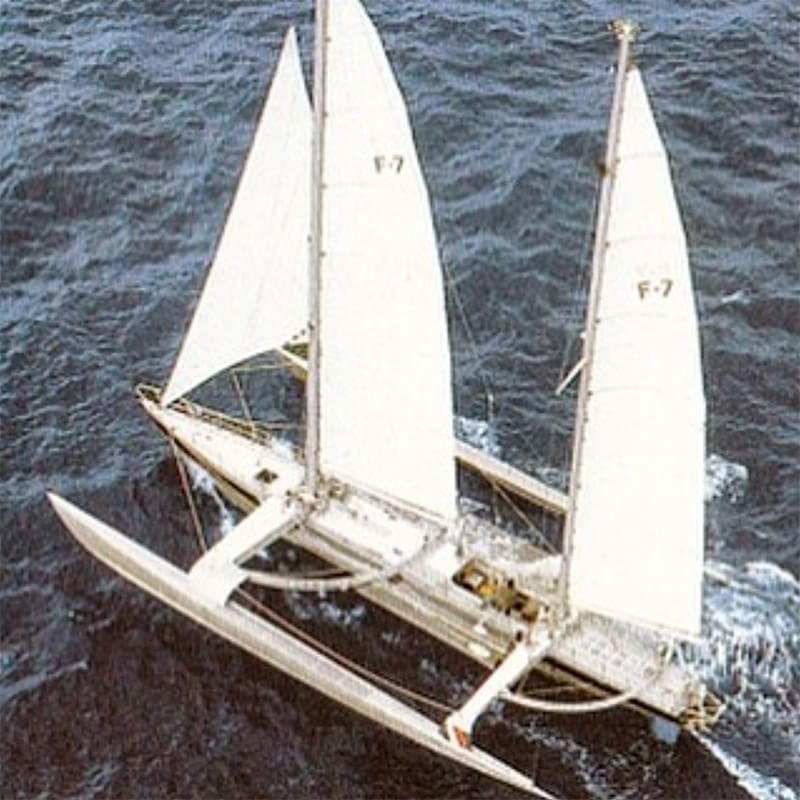
Kriter Brut de Brut, 23.50 meters trimaran skippered by Sylvie Vanek and Beatrice Maupas in 1983 for the Transat in double Lorient-Bermuda-Lorient. The French Philippe Monnet with this boat in 1986 establishes a new record of the solo world tour on a multihull in 129 days 19 days and 17 minutes.
Conclusion
MacGregor Yachts prioritized affordability and ease of maintenance by using durable materials and simplified designs, appealing to cruising sailors seeking lower upkeep costs. He expected his boats to outlive their owners. In contrast, ULDBs require more specialized care due to their lightweight construction and racing optimization. These differences reflected the distinct markets each type of boat served—MacGregors catered to cruisers, while ULDBs targeted competitive sailors wanting to win even at high initial and ongoing costs.
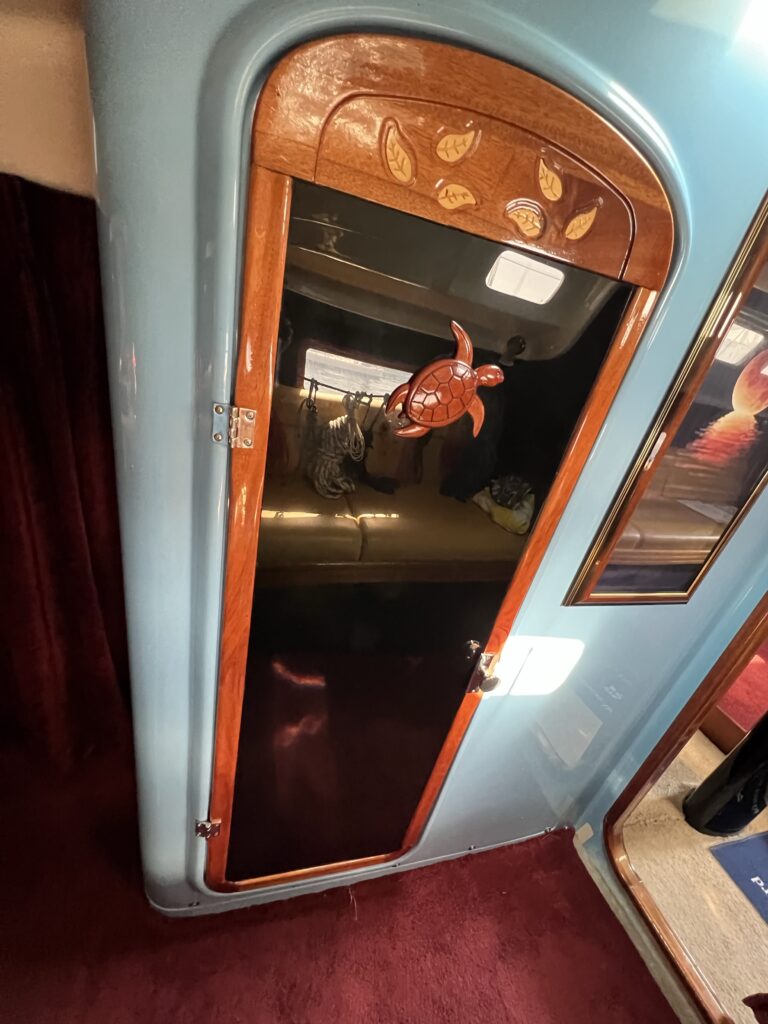
The Santa Cruz ULDB Revolution
The development of Ultra Light Displacement Boats (ULDBs) in Santa Cruz during the 1970s represented a paradigm shift in sailboat design and racing. These innovative vessels, championed by designers Bill Lee, George Olson, and Ron Moore, challenged conventional wisdom about what made sailboats fast and effective. Their revolutionary designs forever changed competitive sailing while establishing Santa Cruz as an epicenter of sailing innovation.
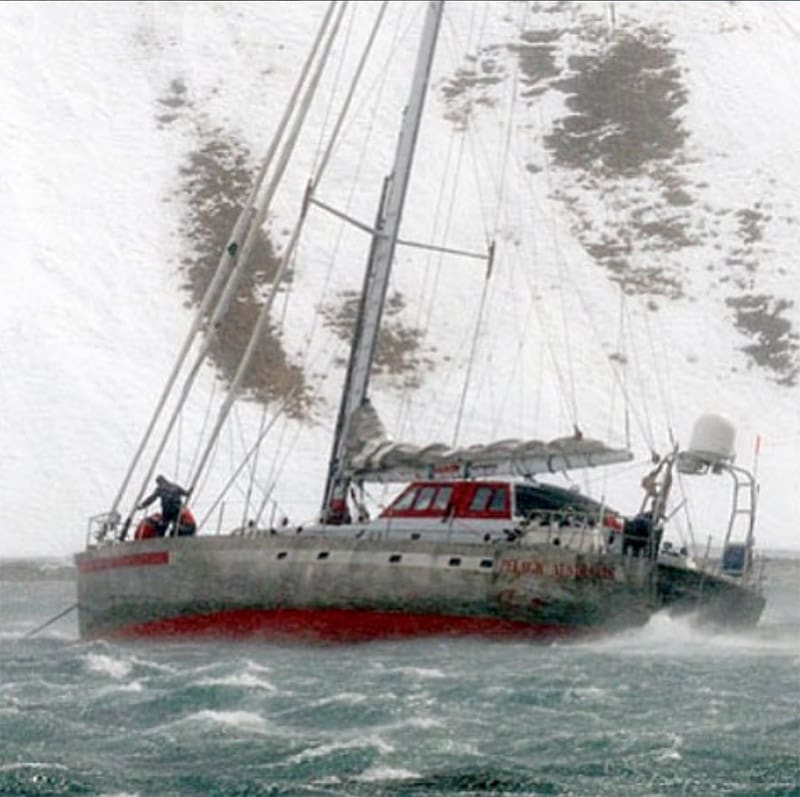
Pelagic Australis is the particular sloop ice class in aluminum of 74ft. It has a displacement of 48 tons, it results very strongly. Its sail area reaches 264 sqm upwind and 414 sqm… its lifting-keel adjustable allow a régi labile drift from 1.20m to 3.90m if it’s necessary.
The Birth of the ULDB Movement
The ULDB concept emerged from Santa Cruz, California in the late 1960s and early 1970s, driven by a community of innovative designers who approached sailboat design with fresh perspectives. George Olson, widely considered the father of Santa Cruz ULDBs, began his journey toward these revolutionary designs not as a professional boat builder but as a surfer, surfboard designer, and enthusiast sailor who initially worked as a hod carrier (brick carrier for masons). His early approach was pragmatic rather than theoretical – he sought to create faster boats by maximizing waterline length while maintaining minimal displacement4.
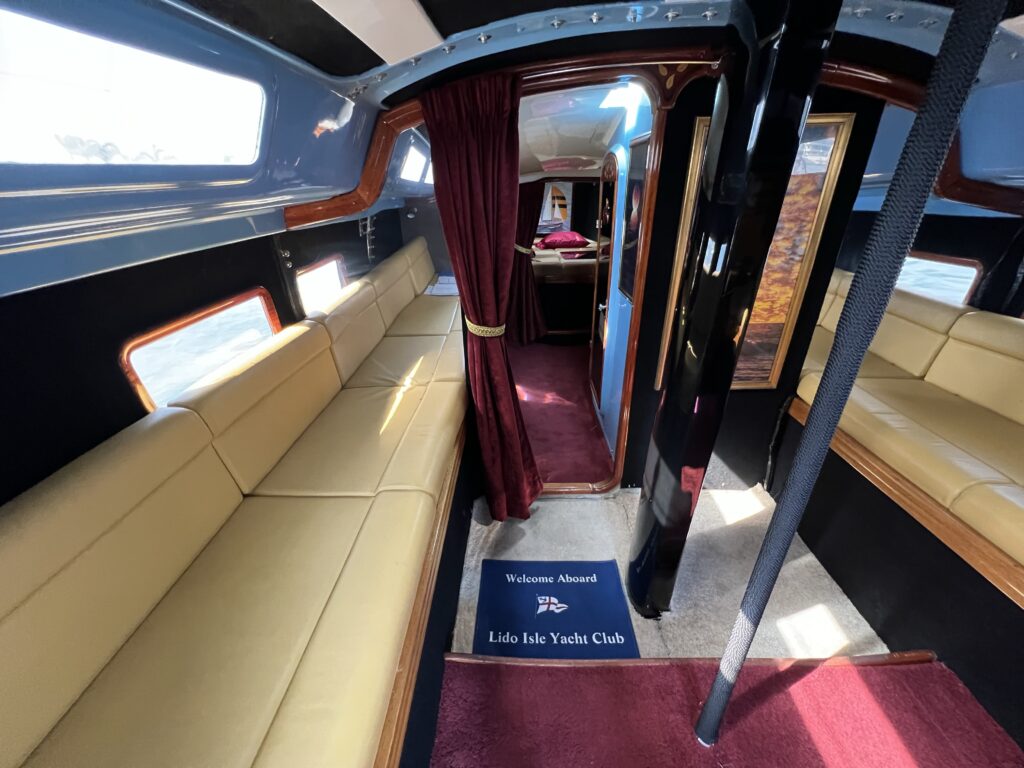
In 1968, Olson embarked on designing a boat that could win a proposed under-30-foot Transpac race. Rather than starting with a predetermined length, he approached the problem differently: “We had all this Cal 20 stuff laying around – so we started with a given displacement of 2,000 pounds and made the longest boat we could.”4 This reverse engineering approach resulted in Grendel, a 24-foot fiberglass speedster that demonstrated the potential of the ultralight concept even before the term had been coined.
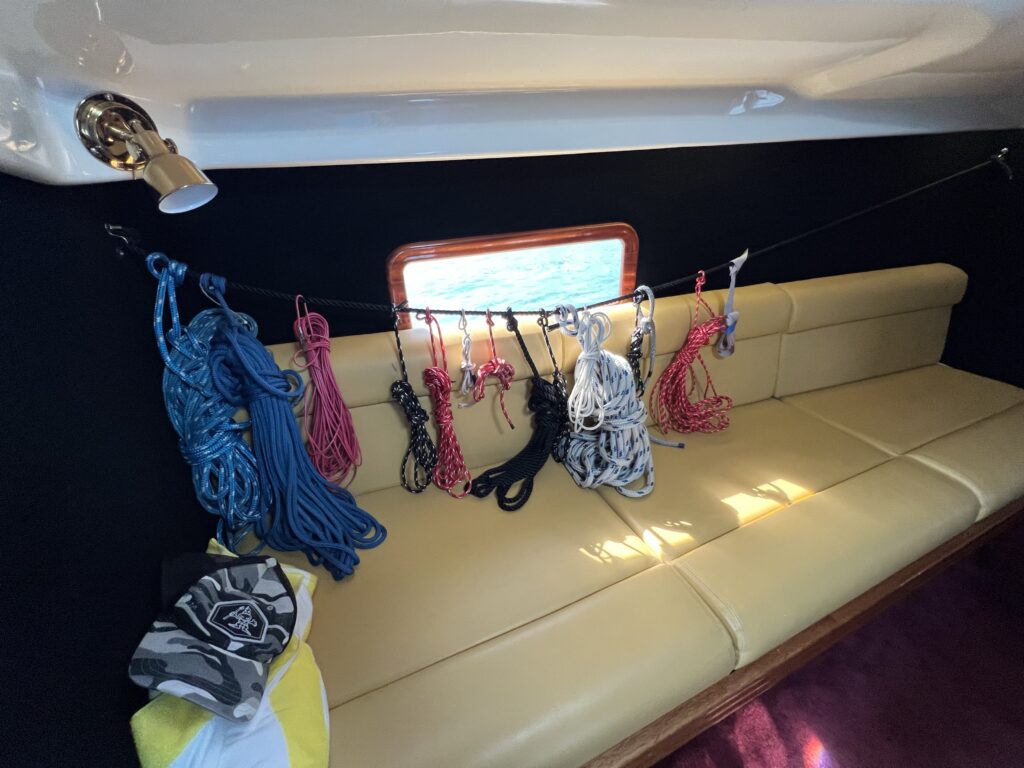
Meanwhile, Bill Lee was developing similar ideas about lightweight displacement and high performance. The Santa Cruz sailing community became a collaborative environment where Olson, Lee, and Moore exchanged ideas and learned from each other’s experiments. Together, they created vessels that defied conventional wisdom about what made sailboats fast, stable, and seaworthy.
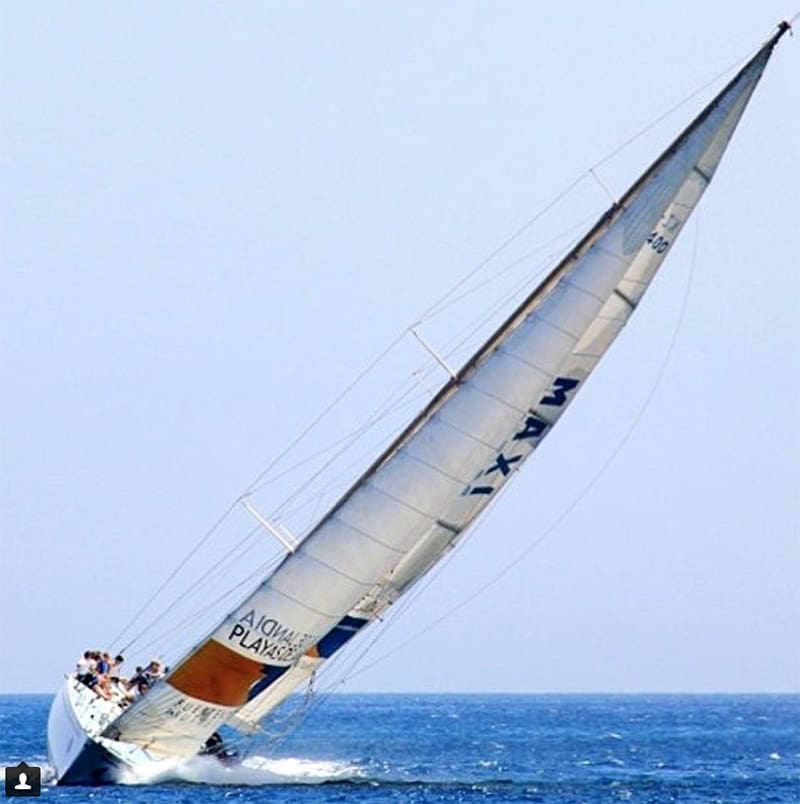
The legendary 83ft “Fisher & Paykel” Maxi yacht, 2nd in the 89/90 Whitbread Round-the-World Race and entry in the 2011 Volvo Ocean Legends Race in Alicante. One of the biggest racing yachts ever built for round-the-world racing and the last of its generation of giants still to be sailing worldwide. The boat was originally built for the Whitbread Round-the-World Race of 1990/91 and was named after its main sponsor, the NZ home appliances manufacturer “Fisher&Paykel”. Was designed by Bruce Farr and built by Martin Marine in New Zealand and a total of approx. 3 Milion Dollars were spent on state-of-the-art space industry materials and the latest technologies in order to create a masterpiece of yacht racing under the direction of its captain Grant Dalton (nowadays director of the NZ America’s Cup Team).
Key ULDB Models and Their Evolution
The Moore 24
Designed by George Olson in 1972, the Moore 24 quickly became one of the most successful ultralight displacement boats in the world. This 24-foot sailboat weighed just 2,000 pounds and featured a sleek, narrow hull that maximized waterline length. The Moore 24 established many of the characteristics that would define ULDBs: extremely light construction, minimal accommodations, and a design optimized for downwind sailing in ocean conditions1.

The Moore 24 proved remarkably successful in competition, winning numerous races including the Transpac Race and the Pacific Cup. Its success demonstrated that ultralight boats could not only compete with but often outperform much larger traditional vessels. The Moore 24’s enduring popularity helped establish the ULDB concept as viable and desirable, setting the stage for further developments1.
The Santa Cruz Line: Bill Lee’s Masterworks
Building on the Moore 24’s success, Bill Lee designed the Santa Cruz line of sailboats in 1975. These vessels, ranging from 27 to 70 feet in length, further refined the ULDB concept. The Santa Cruz boats were intentionally designed to be extremely light and fast, with minimal interior accommodations and a focus on downwind performance. The Santa Cruz 70, in particular, became a dominant force in ocean racing, winning numerous prestigious events including the Transpac Race, Victoria-Maui Race, and San Francisco Big Boat Series1.
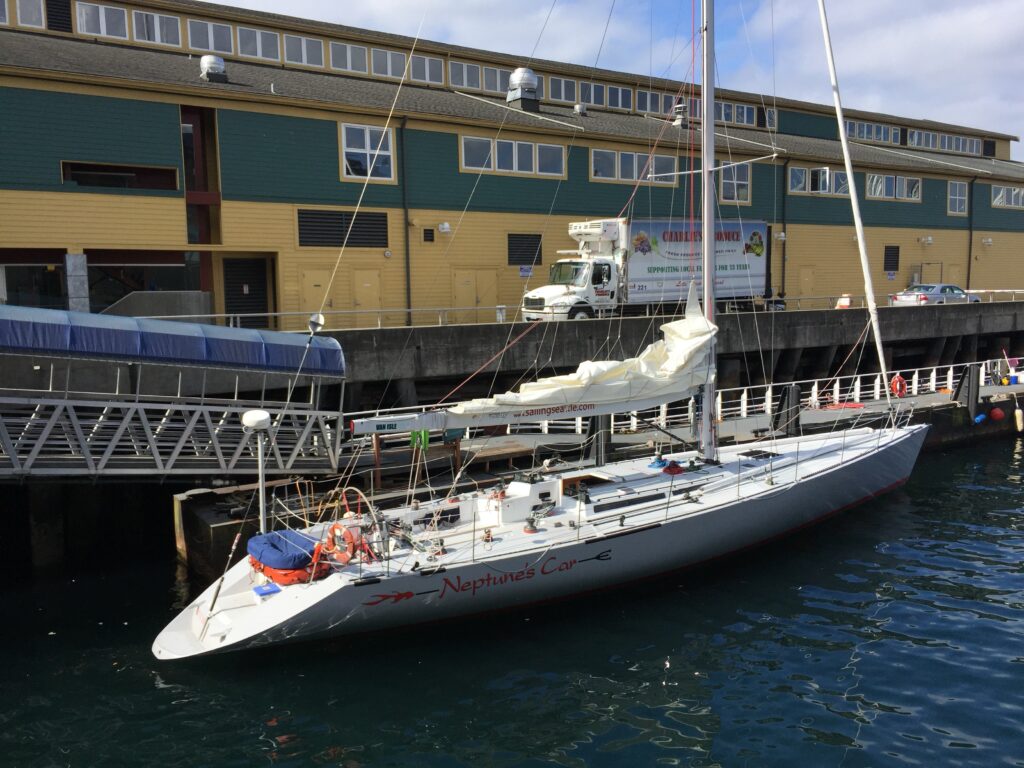
The Santa Cruz 27, designed in partnership with George Olson, became another successful implementation of ULDB principles. With its light displacement, long waterline, and performance-oriented design, the SC27 helped cement the reputation of Santa Cruz boats as record-breakers2.
Merlin: The Ultimate Expression
Perhaps Bill Lee’s most famous creation was Merlin, a 67-foot ULDB launched in 1977. This 20,000-pound lightweight demonstrated the scalability of ULDB principles to larger vessels. Merlin’s greatest triumph came in the 1977 Transpac race, where she set a record crossing of 8 days and 11 hours – a remarkable achievement that stood for years2.

• A long waterline (63 feet) for high hull speed (10.64 knots
• Lightweight fiberglass construction using polyester resin.
• A narrow beam (11.67 feet) to reduce drag.
• A fin keel with bulb ballast for stability.
However, at 22,000 pounds displacement with a ballast-to-displacement ratio of 40.91%, it was heavier than true ULDBs like Merlin (shown here) or the Olson series.
ORC data for Merlin shows impressive performance numbers across various wind conditions. In 12-knot winds, for example, Merlin could achieve 6.95 knots sailing directly upwind and 11.93 knots at a 120-degree angle6. These figures demonstrated the exceptional speed potential of properly designed ULDBs, particularly in reaching and running conditions.
The Olson Series: Refining the Concept
George Olson continued developing his ideas through the Olson series of boats. The Olson 30, put into production in 1978, exemplified the ULDB philosophy. Weighing just 3,600 pounds, this boat offered extraordinary performance for its size. Pacific Boats, the manufacturer, built over 200 of these vessels, and they gathered sufficient numbers to support one-design racing in multiple locations including Seattle, the Great Lakes, Annapolis, Texas, and Long Island Sound3.
The Olson 30 was designed for the “weekend warrior” – offering enough comfort for short cruises while maintaining the performance characteristics that defined ULDBs. As Terry Alsberg, who commissioned the design, explained: “I was basically looking for the ultimate weekend warrior’s boat–a boat for the Bay or ocean with the room and comfort of an Olson 30 and the performance and ease of handling of a Moore 24.”2

Construction Innovations and Philosophy
A key factor in the success of ULDBs was their innovative construction techniques. Many skeptics questioned how such lightweight boats could withstand ocean conditions, but the designers had sound engineering principles behind their approach.
As explained in The Complete Book of Sailboat Buying: “Some people wonder how the ULDB can be built so light and still be seaworthy offshore. The answer lies in the fact that a light boat is subjected to much lighter loads than a heavy boat when pounding through a sea (there is tremendous saving in weight with a stripped-out interior). And perhaps more importantly, ULDB builders have construction standards that are well above average for production sailboats.”3
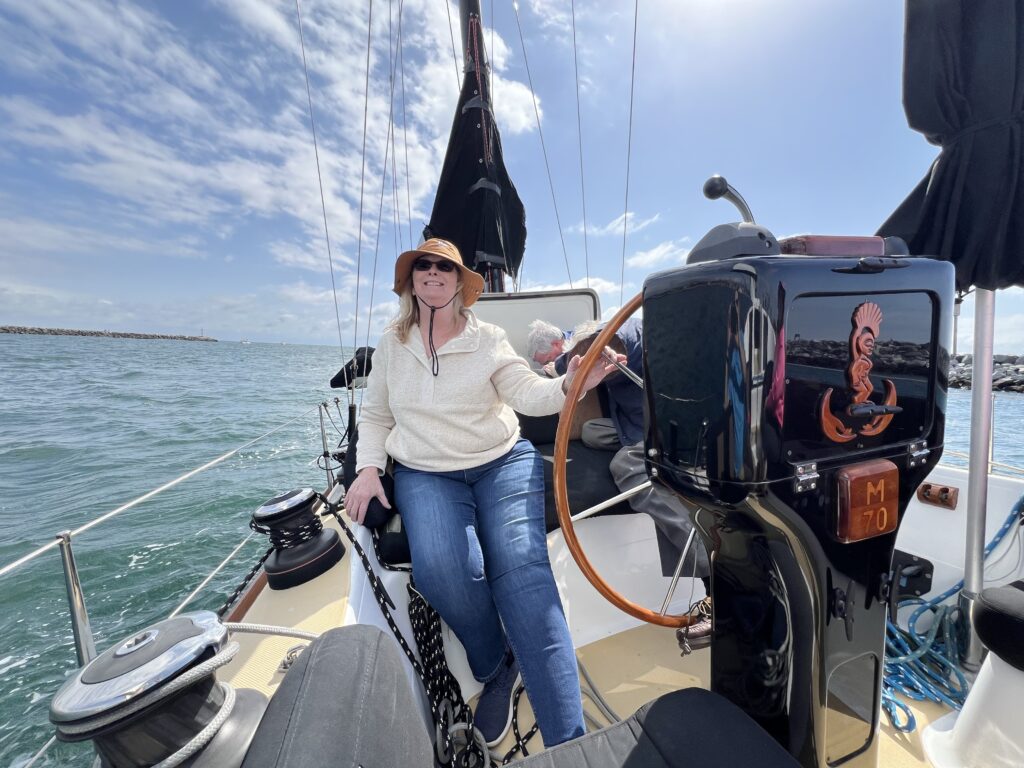
This approach to construction – minimizing weight while maintaining structural integrity where it matters most – was central to the ULDB philosophy. The Santa Cruz builders understood that a properly designed lightweight boat could be both faster and safer than a heavier boat in many conditions, particularly when surfing down waves in the open ocean.
Competition from MacGregor Yachts
While the Santa Cruz builders were pioneering ULDBs, Roger MacGregor was developing his own approach to performance cruisers with the MacGregor 65. Built between 1984 and 1987, the MacGregor 65 offered a different interpretation of the high-performance sailboat concept. At 22,000 pounds displacement with a ballast of 9,000 pounds (40.91% ballast-to-displacement ratio), the MacGregor was substantially heavier than pure ULDBs of similar length5.
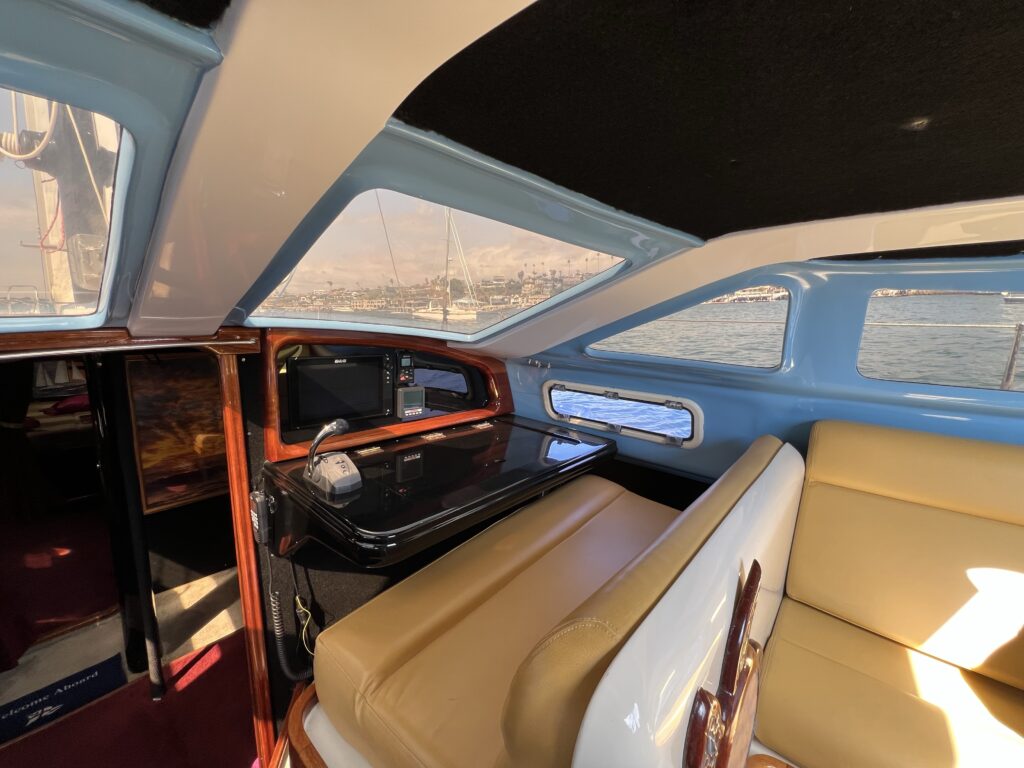
However, the MacGregor 65 still incorporated many performance-oriented features, including a fin keel with bulb, spade rudder, and generous sail area. With a sail area to displacement ratio of 34.29, it offered impressive performance despite its greater weight. The vessel’s hull speed was calculated at 10.64 knots, and its long waterline (63 feet on a 65-foot LOA) demonstrated MacGregor’s understanding of the importance of waterline length for performance5.
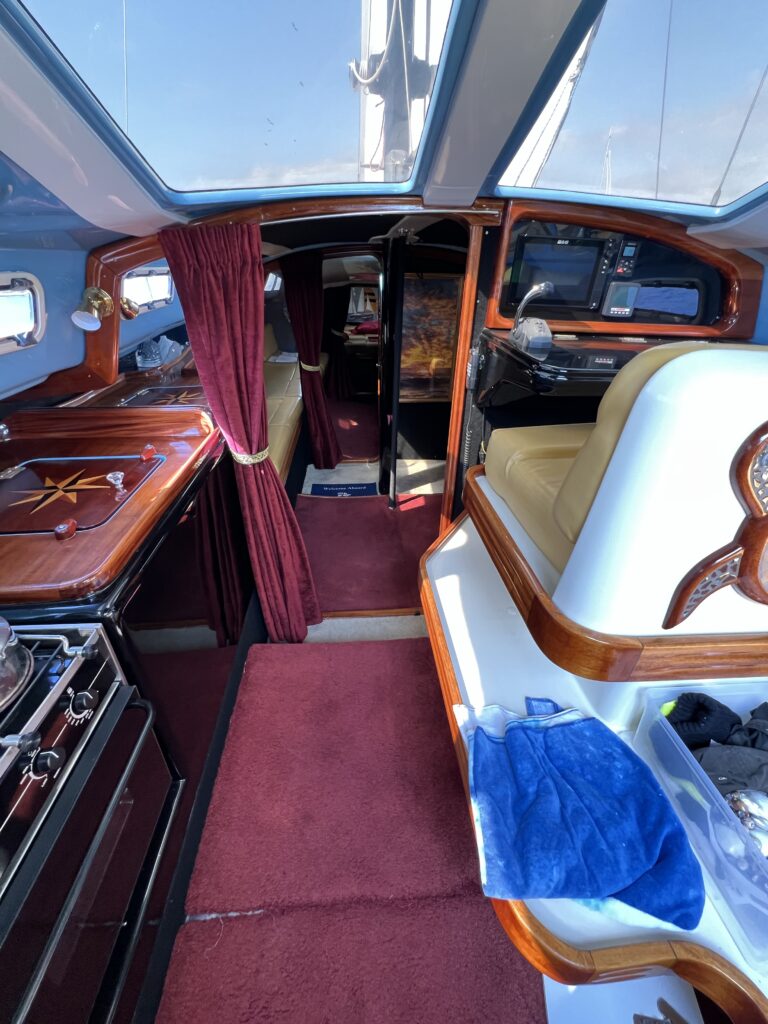
The MacGregor 65 proved quite successful, with 24 racing models built followed by 75 pilot house versions. The popularity of this more cruising-oriented design demonstrated that the market was expanding to include sailors who wanted high performance but weren’t willing to sacrifice all comfort for speed5.
The Santa Cruz Racing Culture
By 1980, Santa Cruz had established itself as the mecca for ULDB racing. The community featured a unique racing culture focused on performance rather than handicaps or ratings. As one source notes: “Part of it is a reaction to the near-manic enthusiasts of Santa Cruz, where nearly 100 ULDBs race for pure fun-without the help of race committees, protest committees, or handicaps (in Santa Cruz, lOR is a dirty word).”3
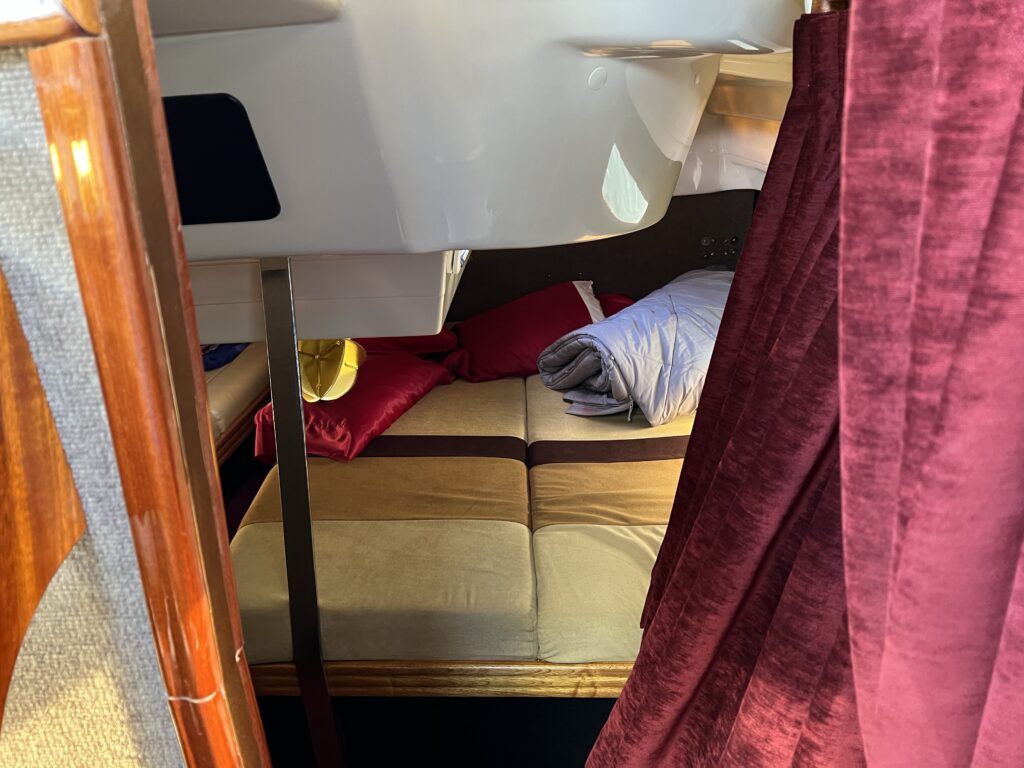
This distinctive, informal approach to racing helped foster innovation and real-world testing of design concepts. Rather than optimizing for rating systems, the Santa Cruz designers focused on creating boats that were genuinely fast and fun to sail. This philosophy led to vessels that sometimes shocked the racing world when they competed in established events against more traditional designs.
Legacy and Continuing Influence
The ULDB revolution permanently changed sailboat design and racing. The principles pioneered by Lee, Olson, and Moore – lightweight construction, minimal accommodations, narrow beam, and focus on waterline length – influenced generations of subsequent designers and continue to shape modern performance sailboats.
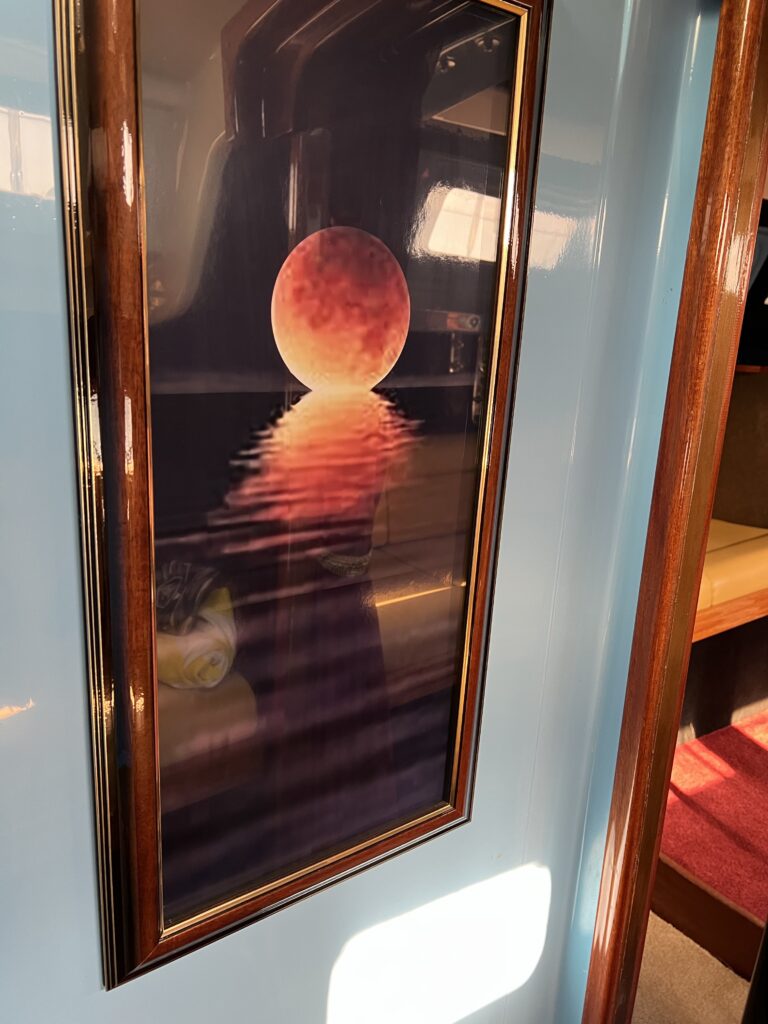
The success of these designers demonstrated that conventional wisdom about displacement and stability could be challenged. Their boats proved that properly designed lightweight vessels could be safe, seaworthy, and dramatically faster than their heavier counterparts, particularly in certain conditions.
Perhaps most importantly, the Santa Cruz ULDB movement inspired a generation of sailors to rethink what was possible in sailboat performance and design. The “wizard of Santa Cruz” and his compatriots showed that innovative thinking, practical experience, and willingness to challenge orthodoxy could lead to revolutionary advances in sailing technology.

Conclusion
The development of ULDBs in Santa Cruz represents one of the most significant innovations in modern sailboat design. Through the collaborative efforts of Bill Lee, George Olson, and Ron Moore, these revolutionary boats changed both racing and recreational sailing. Their innovative approach – focusing on lightweight construction, maximum waterline length, and performance-oriented features – created vessels that outperformed much larger and more expensive competitors.
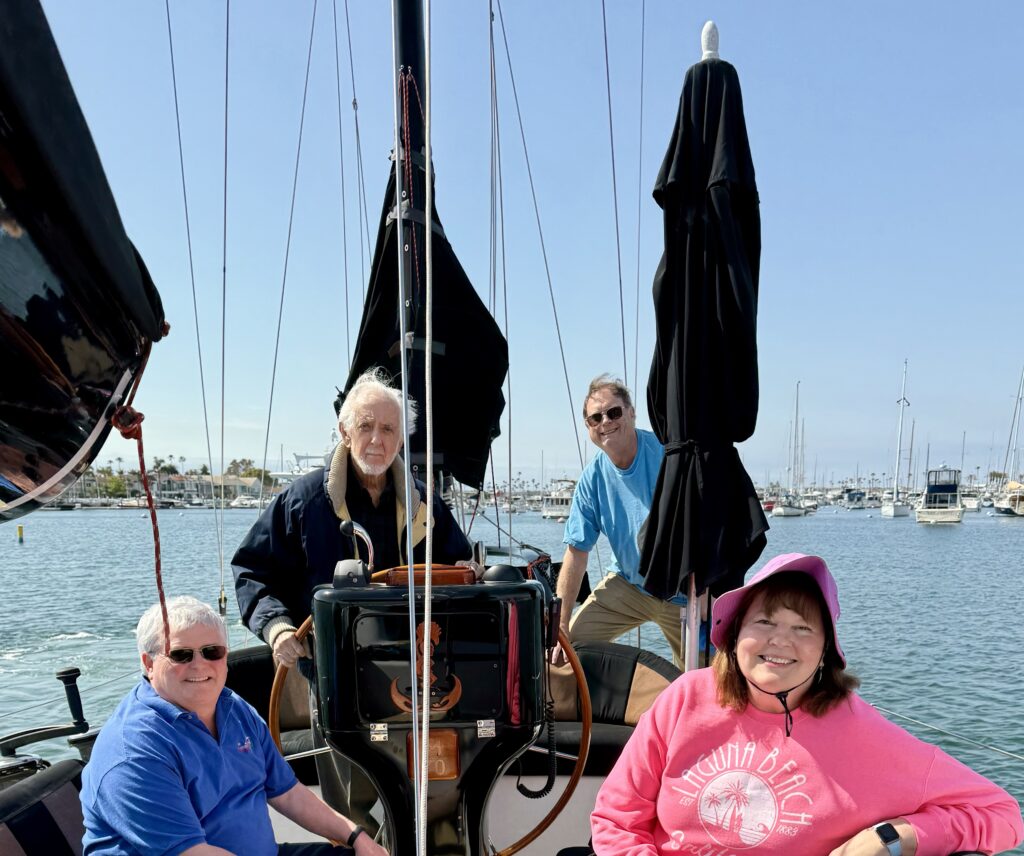
While complete PHRF and ORC ratings for all models remain elusive in historical records, the performance of these boats spoke for itself in race results and record-breaking passages. The Santa Cruz ULDB revolution wasn’t just about faster boats; it represented a fundamental rethinking of what made a sailboat successful and sparked debates that continue to influence sailboat design to this day.
A Sister Ship and Continued Legacy
In the last decade, a sister ship to Anthem was built, continuing its legacy as a masterpiece of yacht design. This new vessel retained Anthem’s signature features—its towering masts, expansive sail area, and hand-laid fiberglass construction—while incorporating modern advancements in sailing technology.

The Seven Most Beautiful Boats Ever Built
Anthem’s recognition as one of the “seven most beautiful boats ever built” reflects its timeless design and craftsmanship. While specific rankings vary by source, other notable contenders often include:
- J-Class Yachts (e.g., Ranger or Endeavour): Iconic racing yachts from the early 20th century.
- Wally Yachts: Sleek modern designs known for minimalist aesthetics.
- Spirit Yachts (e.g., Spirit 46): Classic wooden yachts with contemporary performance.
- Hinckley Bermuda 40: A legendary cruising yacht admired for its graceful lines.
- Herreshoff Designs (e.g., Reliance): Historic vessels crafted by Nathaniel Herreshoff.
- Perini Navi Ketches (e.g., Maltese Falcon): Luxurious superyachts with innovative rigs.

Anthem’s inclusion among these iconic vessels highlights its unique blend of beauty, performance, and craftsmanship.
Conclusion

“Anthem is more than just a sailboat—she is a work of art that embodies Roger MacGregor’s innovative spirit and dedication to excellence. Its hand-laid fiberglass construction, towering masts, and remarkable speed set it apart from other vessels while maintaining an aesthetic appeal that has earned it lasting recognition. By comparing Anthem to ULDBs like those from Santa Cruz, we see how different design philosophies can create equally extraordinary results in yacht design. With the construction of a sister ship in recent years, Anthem’s legacy continues to inspire sailors worldwide as one of the most beautiful boats ever built.
